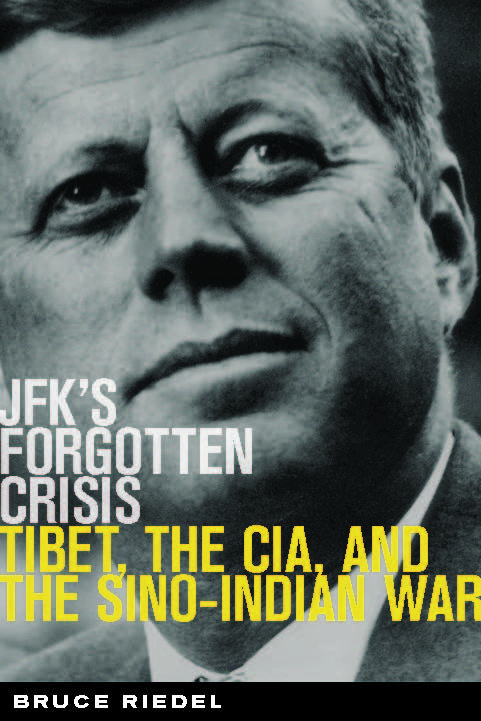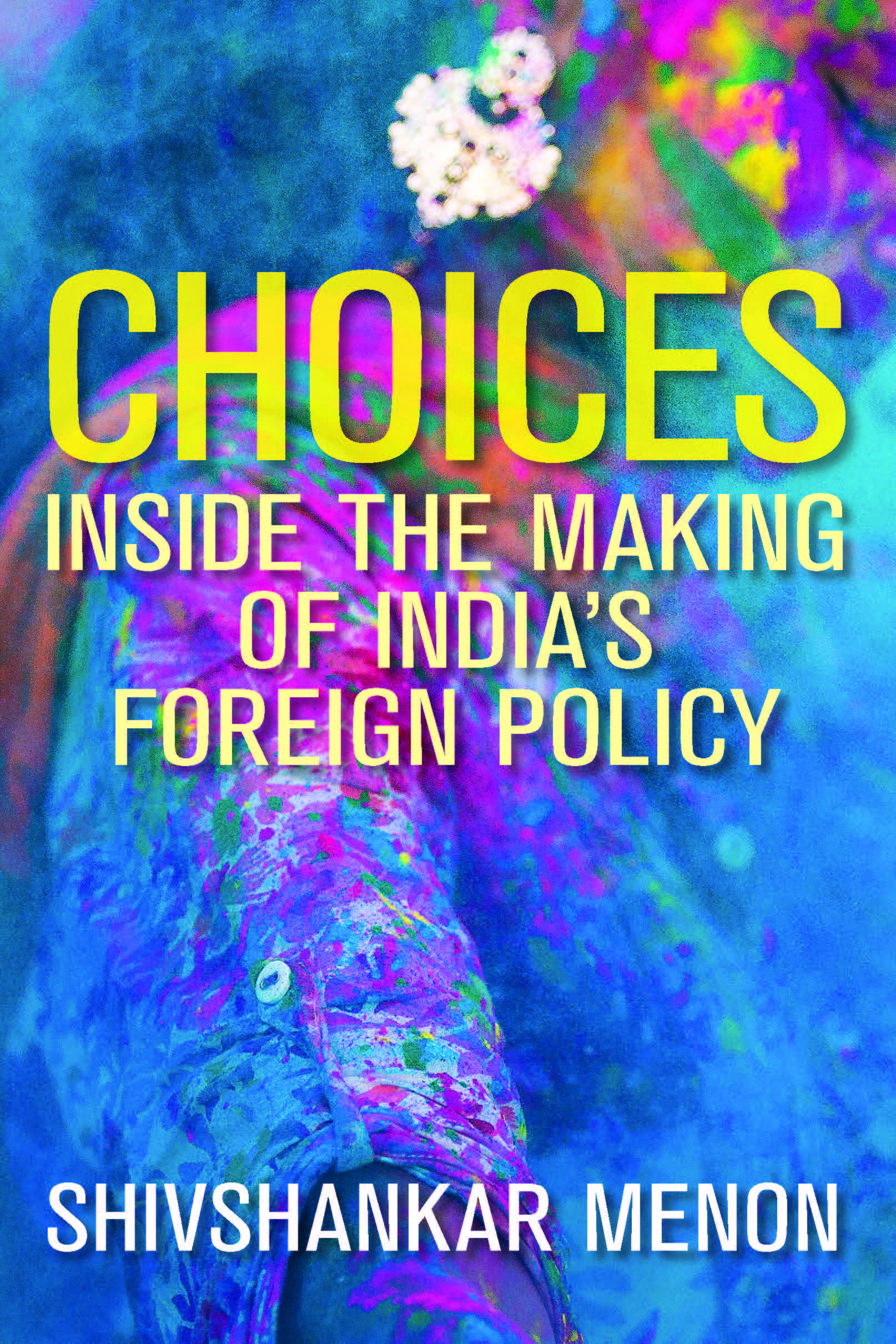A recent article in Global Government Forum quotes a Brookings India research paper on financial inclusion which calls for a model of financial inclusion which specifically caters to the need of the poor. (Global Government Forum is a publishing, events and research business that helps civil servants around the world to meet global challenges by building their expertise, knowledge and connections.)
A year and half ago, India’s Prime Minister Narendra Modi announced an ambitious plan to provide banking services to the country’s vast ‘unbanked’ population. The Pradhan Mantri Jan Dhan Yojana (PMJDY) – meaning Prime Minister’s Public Wealth Plan – was Modi’s first major offering after his election victory in May 2014. The aim was to promote financial inclusion among India’s poor by offering zero-balance bank accounts with accident insurance cover of 100,000 rupees ($1500), an overdraft facility of 5000 rupees ($75), and life insurance cover of 30,000 rupees ($450).
Ultimately, the government hopes that increasing the proportion of people with bank accounts will enable it to pay subsidies for services such as for education and healthcare directly to the rural poor. The other goal is to reduce the corruption afflicting India’s subsidy systems and public services, and to improve efficiency in financial services.
The scheme proved popular, and by February 2016 more than 211m accounts had been opened and 335bn rupees ($5bn) deposited under the programme, according to the official website of PMJDY.
However, experts such as Shruti Gakhar, a researcher at Brookings India, are less optimistic. “This is a remarkable feat. However, the delivery of benefits has not kept pace with the speed at which bank accounts have been opened,” she says. “Challenges in educating people about the benefits of these accounts remain: if people are not fully aware of what banks can provide them with and how to apply for loans etcetera, then the scheme cannot achieve its objectives.”
The next step, says Gakhar, must be to help people start using their new services. In a research paper that she co-authored with her colleague Shamika Ravi, the two call for a model which specifically caters to the need of the poor. “Research has shown that unless financial instruments are designed for the specific needs of the poor, they remain under-utilised and costly for the providers – and, therefore, non-sustainable,” says the January 2015 paper, Advancing Financial Inclusion in India Beyond the Jan Dhan Yojana. “Broader financial needs of the poor have so far been met through informal means, which are costly and risky and result in sub-optimal outcomes for the most vulnerable sections of our society… Allowing and encouraging innovation in savings instruments for the poor by the formal financial sector is thus critical to achieving our goals of financial inclusion.”
Download the research paper, Advancing Financial Inclusion in India Beyond the Jan Dhan Yojana, here.
Read the full story here









